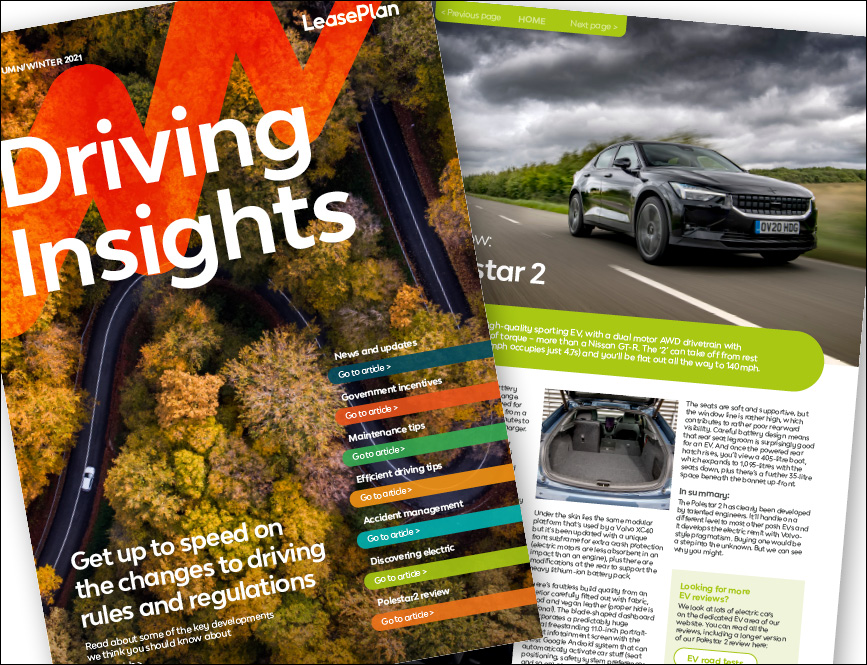As Andre 3000 – and if that’s not the name of someone who ought to be something out of science fiction, we don’t know what is – put it in Hey Ya!: “What’s cooler than being cool?” All right, his answer was “Ice cold” and, in strictly logical terms, that may be true, but we’d argue that really cool cars are up there as well.
But the problem with even the coolest car ever made (which is, of course, the Talbot-Lago teardrop coupé ) is that you can always imagine something which would make it even cooler. Like a fusion engine, or laser rockets, or the ability to talk.
But in deciding which are the coolest cars ever to appear in science fiction, there are several problems. We’re not going to pretend no one’s tried before. Many have, but all have failed.
In some cases, they think something’s sci-fi just because it’s not realistic – Chitty Chitty Bang Bang is a fantastic car, but it’s not a sci-fi one. In others, it’s because they think that because the car’s in a science fiction thing, that makes it cool (the original Robocop is a very cool film; the 1987 Ford Taurus, not so much).
We’re also not counting cars that aren’t cars, but robots disguising themselves as cars – whether they are Autobots or Decepticons. The cars they imitate can be cool, but they aren’t sci-fi.
Anyway, Michael Bay movies may be fun, if the kind of fun you like is bad movies, but they’re the antithesis of cool. Except The Rock, which is brilliant, but there are no cars in it. And no science fiction either, unless you count the stupid green balls which will blow up the world.
Last, and possibly most controversially, we’re going to rule out cars that can fly. In Bladerunner, probably the coolest sf film ever, the police car driven by Edward James Olmos is very, very cool, but it goes up in the air, so it’s not a car. The car driven by William Sanderson (as J.F. Sebastian), which stays on the ground, is not cool.
The same principle applies to the cars which effectively fly on multi-storey magnetic fields, like those in the remakes of Total Recall and Judge Dredd (both 2012) or the ones in The Fifth Element.
But the chief reason all other attempts to provide lists like this fail is because they are wrong, while our list is correct.
1. Kitt from Knight Rider. There is some room for doubt about the coolness of this programme, while only Germans suffer from the delusion that David Hasselhoff is cool. But Kitt, since he’s basically a 1982 Pontiac, is better-looking than his co-star, and a much better actor.
2. Mad Max’s Interceptor. As the later Mad Max: Beyond Thunderdome made clear, the Road Warrior is faintly preposterous when deprived of his vehicle. His credibility in the first two movies owes much to the Interceptor, a modified 1973 Ford Falcon XB GT Coupe.
3. Minority Report’s Lexus. A car so automated that it drives itself out the factory, and comes complete with optional Tom Cruise already installed. Lexus actually designed the car (a 2054 Concept) at Steven Speilberg’s request, and subsequently exhibited it with a full list of its specifications.
4. The Kamakiri from Donald Fagen’s Kamakiriad. For his second solo outing, Fagen, half of Steely Dan, came up with a sci-fi concept album about a road trip in a futuristic car (Kamakiri is Japanese for praying mantis). The first track, Trans-Island Skyway describes it as a car for the new century; steam-driven, with its own hydroponic farm and biosphere, its “frame is out of Glasgow / The tech is Balinese”.
5. The Deliverator’s car from Neal Stephenson’s Snow Crash. In a future where high-speed pizza delivery is one of the few things America still does well, the Deliverator –whose name is Hiro Protagonist – is a “Type A driver with rabies”. His car is an invisible black lozenge with “enough potential energy packed into its batteries to fire a pound of bacon into the Asteroid Belt” and “big sticky tyres with contact patches the size of a fat lady’s thighs”. Despite this, unfortunately, it gets totalled in an empty swimming pool in the opening pages.
6. The DeLorean from Back to the Future. DeLoreans were pretty cool even before the film, with their gull-wing doors and stainless steel body contributing to their futuristic look. Only about 9,000 DMC-12s, as the model was officially called – though in fact it was the only DeLorean ever produced – were made before the factory went bust in 1982. But its wide recognition by non-car buffs is entirely due to the fictional Doc Brown’s modifications, which allowed it to travel through time when it hit 88mph. Off-screen, that would have taken a while; the non-fusion-powered version did 0-60mph in 10.5 seconds.
7. The Audi RSQ from I, Robot. Like the Lexus in Minority Report, the RSQ was designed especially for the screen by the manufacturers. In Will Smith’s 2004 blockbuster, however, Audi quite intentionally set out to raise their profile in the US. For all the science fiction touches, such as spheres for the wheels, the Multi Media Interface actually featured in commercially available Audis, while the front grille and badge were taken from their current models.
8. The Ecto-1, Ghostbusters In the original script, the Ecto-1 was going to be capable of interdimensional travel, and fitted with highly science-fictional purple and white strobes. So it may seem a little bit of a let-down that it is so recognisably a 1959 Cadillac Miller-Meteor ambulance conversion. However, it served to transport the Ghostbusters’ proton packs and was, oddly, one of the most popular merchandising spin-offs from the films, with both Lego and Hot Wheels producing versions.
9. The Light Rider from Tron: Legacy OK, we all associate Tron (1982) and its 2010 sequel with motorbikes – or, when you’re navigating the Grid in the films, lightcycles. But the second film does feature a Light Runner, a sort of shape-shifting dune buggy driven by Olivia Wilde and designed by Daniel Simon, formerly of Volkswagen’s concept studios and author of Cosmic Motors which features similarly cool vehicles.
10. The Lunar Rover. All right, so it’s science fact now, but it wasn’t when such vehicles were proposed by Arthur C. Clarke and Robert Heinlein (and, non-fictional terms, by Wernher von Braun, the father of rocket science) in the 1950s. And the three Lunar Roving Vehicles (LRVs) produced for the Apollo missions were produced in part by General Motors, though in conjunction with Boeing. The programme manager, Sonny Morea, later cashed in on the vehicles coolness by appearing in a 2001 commercial for the Audi A8.




